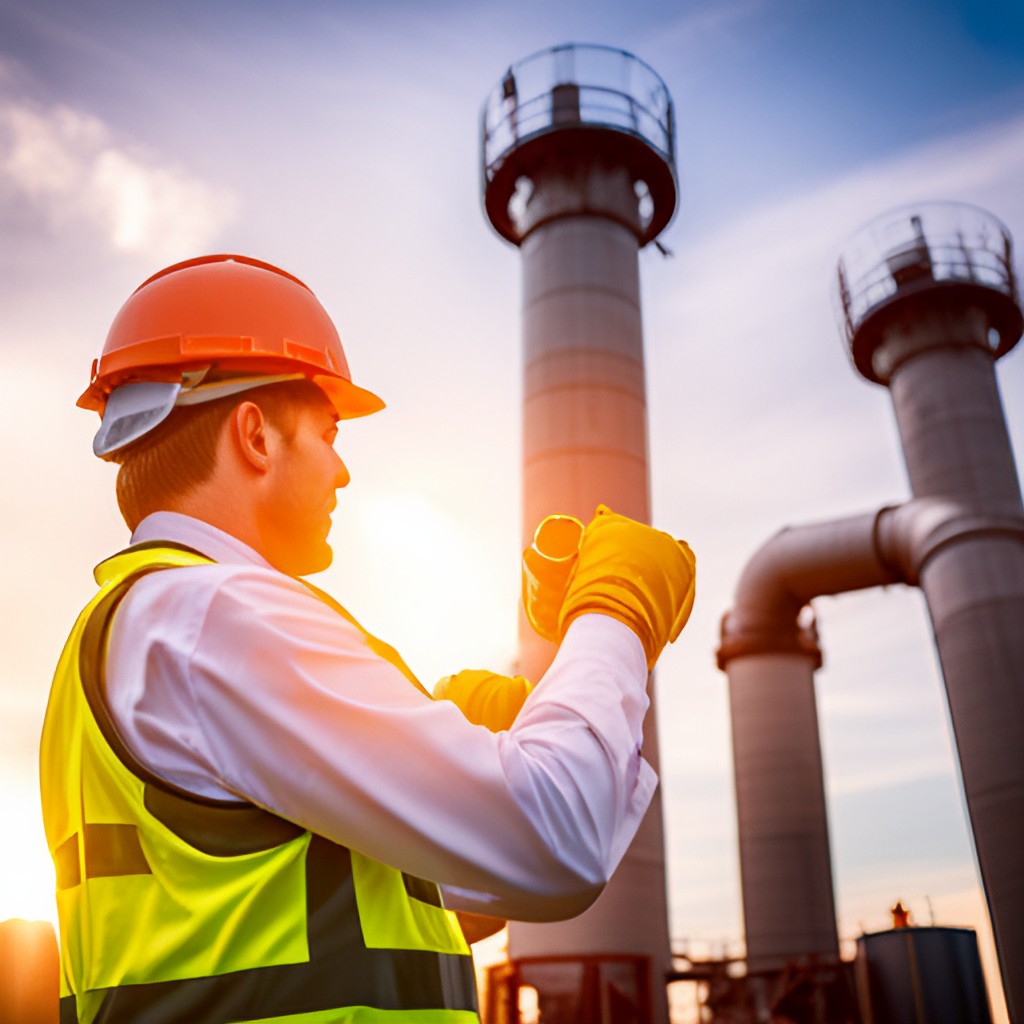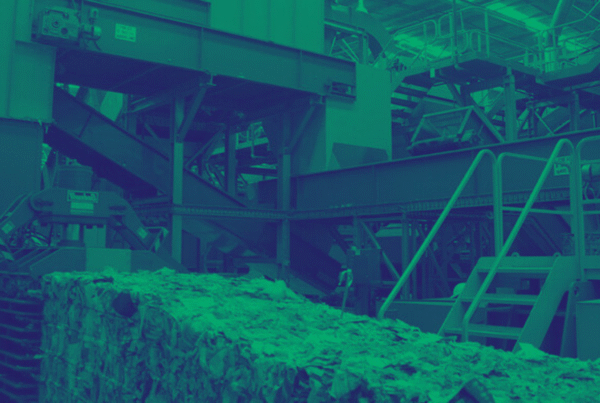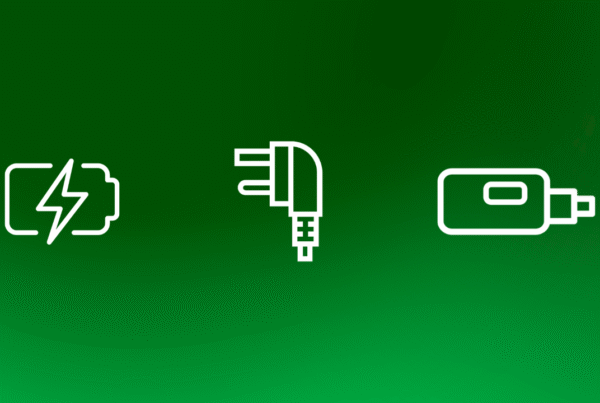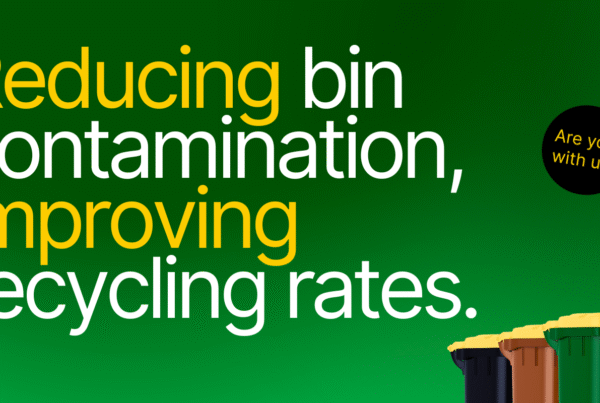 Ireland has always been taking noticeable measures in reducing its carbon footprint, with the country vowing to be carbon-neutral by 2050. One of the most prominent means towards that goal is through waste-to-energy solutions.
Ireland has always been taking noticeable measures in reducing its carbon footprint, with the country vowing to be carbon-neutral by 2050. One of the most prominent means towards that goal is through waste-to-energy solutions.
Trash into treasure
Turning trash into treasure is not a new concept, but it’s an effective one. Despite the initial controversy surrounding this method of waste management, it has proven efficient in reducing landfill waste, combatting climate change, and producing renewable energy. In this blog post, we’ll take a closer look at waste-to-energy solutions in Ireland.
Waste-to-energy solutions
Technologies that convert solid waste into different forms of energy are emerging quickly. These solutions include waste to electricity, heat & fuel. It’s a brilliant system that uses recyclable materials from households, businesses, and industries, decreasing landfill waste and promoting a circular economy. In Ireland, the leading municipal energy plant is located in Poolbeg, Dublin. The plant handles over 600,000 tonnes of residual waste, which is equivalent to 1/4 of the waste generated in the country annually, and transforms it into electricity. This system provides heat and power for thousands of homes in the city while also reducing greenhouse gas emissions by 180,000 tonnes annually.
Biogas
Another technology that’s gaining popularity in Ireland is biogas production. Biogas is a renewable energy source produced from the anaerobic digestion of organic waste materials, such as food waste and agricultural waste. It has been dubbed a game-changer in renewable energy projects, especially in rural areas. The biogas produced is used to generate electricity or heat which has been estimated to power up to a million homes in the country. Ireland has also started using compressed biogas as a substitute for fossil fuels in vehicles, which reduces greenhouse gases significantly. The European Union has endorsed the potential of biogas to meet its climate and energy goals leading to a more advanced technology market in Ireland.
Incineration
Incineration, or the burning of waste at high temperatures, is another systems. The process has been proven effective in reducing landfill waste, producing energy, and capturing greenhouse gas emissions. Incineration is more prevalent in industrial and commercial use rather than municipal systems. In Ireland, Waste-To-Energy Ireland has been awarded the contract to develop the country’s first waste-to-energy facility. The facility aims to treat up to 240,000 tonnes of non-hazardous residual waste every year. It also produces enough electricity for 14,000 homes a year.
Conclusion:
Biogas production, incineration, and municipal facilities all have their advantages in turning trash into treasure while reducing their environmental footprint. The potential for this technology can significantly decrease greenhouse gas emissions in the country and provide sustainable energy sources. As with any solution, it is important to continue to explore ways to fine-tune these systems and make them even more efficient. Ireland’s progress towards a greener future is evident, and it’s only a matter of time before the rest of the world follows suit.






